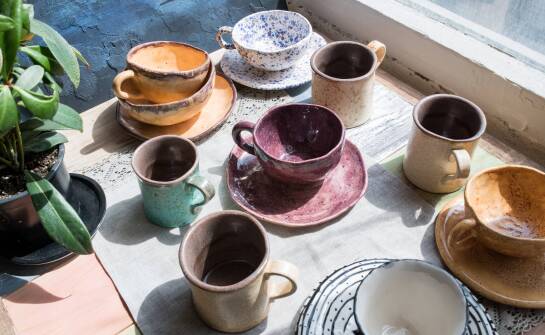Sponsored article
What affects the aesthetics of the seal?

The aesthetics of the seal play a key role in the production process, influencing the quality and durability of the joints. An introduction to the topic provides an understanding of the importance of aesthetics and the contributing factors. Modern techniques, such as impulse sealing, are important for achieving high aesthetic quality seals. Understanding this aspect can help to improve production processes and customer satisfaction.
Choice of sealing materials
Choosing the right materials is crucial to the seal aesthetics. A variety of plastics and metals can affect the appearance and durability of joints. Materials with good thermal conductivity are most often used for impulse sealing, resulting in aesthetic and strong joints. Plastics such as polypropylene or polyethylene work well, as they allow even heat distribution. Be careful to select the right components to achieve satisfactory results in terms of both the appearance of the seal and the strength of the joints.
Sealing techniques and aesthetics
Zemat Technology Group emphasises that different sealing methods have a significant impact on the quality and appearance of the joints. Impulse sealing comes to the fore, offering better control over the process compared to traditional techniques. This allows for a higher aesthetic quality of the seals, which is particularly important for components exposed to mechanical or thermal forces. The use of this technique makes it possible to precisely match the process parameters to the type of material and its thickness, resulting in a lower risk of damage and deformation.
It is also worth paying attention to other aspects that affect the aesthetics of the joints, such as surface preparation and materials used. By taking care of these elements, you can achieve even better results and increase customer satisfaction.
Optimisation of sealing conditions
Optimising sealing conditions is key to achieving aesthetically pleasing and durable joints. Temperature, time and pressure affect the quality of the seal, so it is worth experimenting with different settings. Too low a temperature can lead to inadequate joining, while too high a temperature can damage the materials. The sealing time also plays an important role: being too short can result in a poor effect, and an excess can result in overheating and deformations. With impulse sealing, it is important to properly adjust the impulse parameters and the interval between them. Avoiding mistakes in the process helps to achieve the best results and improve the appearance of the joints.
Preparing the surface for sealing
Adequate surface preparation before sealing is key to achieving aesthetically pleasing joints. Contaminants, such as oils or dust, can adversely affect the quality of the process, leading to poor visual effects. There are several methods of preparing materials that ensure better results. One of these is chemical cleaning, which involves removing dirt with special agents. It is also worth paying attention to the proper fit of the components and the control of temperature and running time.


